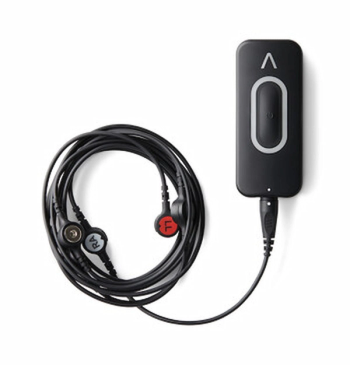
Using a reduced leadset and deep neural network algorithms trained on more than 175 million electrocardiograms, the KAI 12L technology reportedly detects up to 35 cardiac determinations, including acute myocardial infarction.


Using a reduced leadset and deep neural network algorithms trained on more than 175 million electrocardiograms, the KAI 12L technology reportedly detects up to 35 cardiac determinations, including acute myocardial infarction.
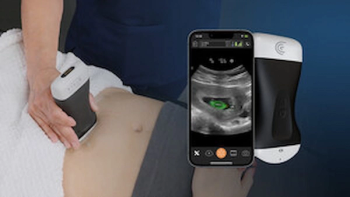
Clarius OB AI reportedly provides estimates of fetal age, weight and growth intervals based on automated fetal biometry measurements available through handheld ultrasound.

Catch up on the top radiology content of the past week.
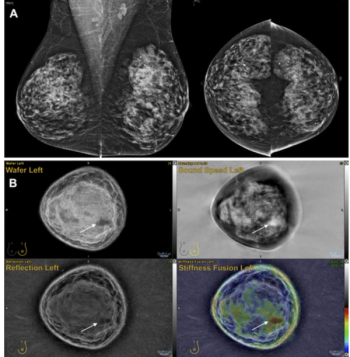
Emerging research suggests that combining full-field digital mammography and whole-breast ultrasound tomography provides superior sensitivity in detecting BI-RADS 4 lesions and superior specificity in diagnosing BI-RADS 3 lesions than mammography alone in women with dense breasts.
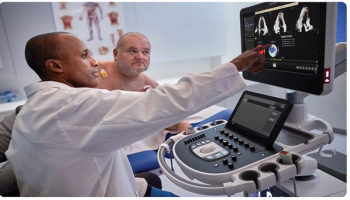
Featuring a combination of automated measurement capabilities and workflow enhancements, the new AI-powered cardiovascular ultrasound platform also provides automated assessment of regional wall motion abnormalities.

Catch up on the top radiology content of the past week.

In recognition of National Women’s Health Month, Dana Bonaminio, MD, Amy Patel, MD, and Stacy Smith-Foley, MD, shared their thoughts and perspectives on the recently updated breast cancer screening recommendations from the United States Preventive Services Task Force (USPSTF).
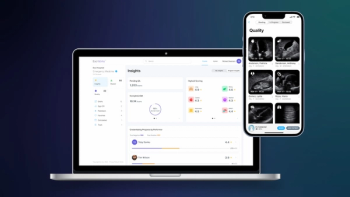
The package of point-of-care ultrasound (POCUS) applications can reportedly facilitate rapid implementation of POCUS into imaging workflows.
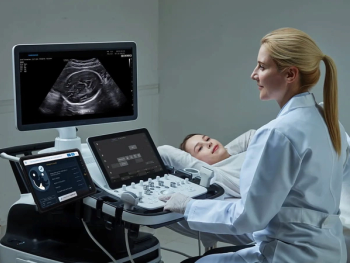
The second version of the device reportedly detects T2/T3 fetal ultrasound views with 93.7 percent sensitivity and enables 63 percent of AIUM exam protocols without manual annotation.
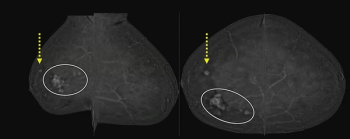
In a recent lecture at the 2024 ARRS Annual Meeting, Jordana Phillips, MD, discussed the role of contrast-enhanced mammography in staging breast cancer, evaluating response to neoadjuvant chemotherapy and recalls from screening.

In a recent interview, Stacy Smith-Foley, M.D., shared her perspective on the shortcomings of the recently issued breast cancer screening recommendations from the United States Preventive Services Task Force (USPSTF).

Catch up on the top radiology content of the past week.

Catch up on the top AI-related news and research in radiology over the past month.
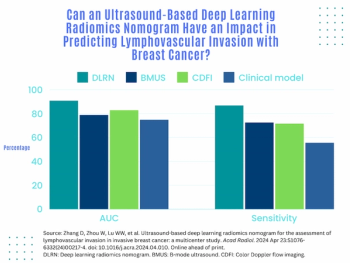
An emerging deep learning radiomics model, based on B-mode ultrasound and color Doppler flow imaging, demonstrated a 91 percent AUC for predicting lymphovascular invasion in a multicenter study of women with invasive breast cancer.

One of the recommendations from the European Society of Breast Imaging (EUSOBI) is annual breast MRI exams starting at 25 years of age for women deemed to be at high risk for breast cancer.
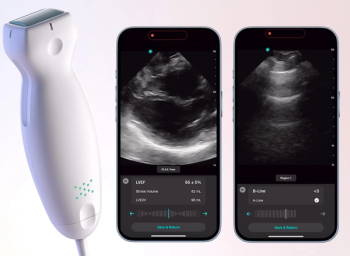
The artificial intelligence (AI)-powered applications reportedly allow clinicians to diagnose pulmonary edema and measure left ventricle ejection fraction within seconds.
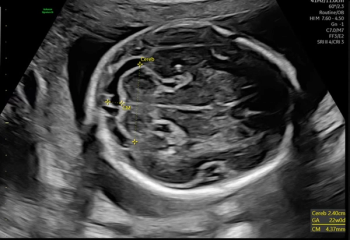
One of the features on the new Voluson Signature 20 and 18 ultrasound devices reportedly uses automated AI tools to facilitate a 40 percent reduction in the time it takes to perform second trimester exams.
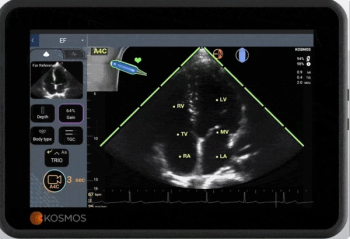
Strain imaging analysis is one of the automated parameters included in the newly FDA-cleared Us2.v2 software for adjunctive review of echocardiographic images.

The addition of Caption AI to the handheld ultrasound device Vscan Air SL may facilitate optimal imaging for point-of-care cardiac evaluation.

Catch up on the top radiology content of the past week.
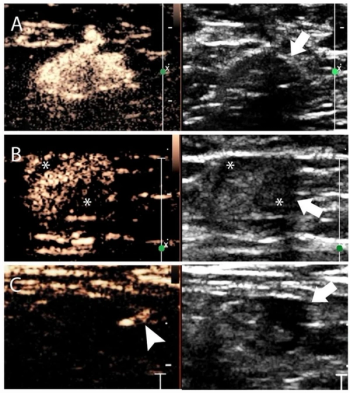
A nomogram that combines contrast-enhanced lymphatic ultrasound and grayscale ultrasound findings had an 88 percent AUC for prediction of three or more metastatic axillary lymph nodes in women with early breast cancer.

Catch up on the top AI-related news and research in radiology over the past month.

Catch up on the top radiology content of the past week.
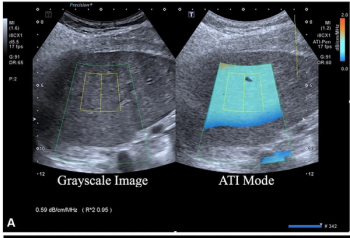
A multiparametric ultrasound model emphasizing attenuation coefficient assessment demonstrated a 77 percent AUC for detecting metabolic dysfunction-associated steatohepatitis (MASH), according to validation testing from a new multicenter study.

Catch up on the top radiology content of the past week.